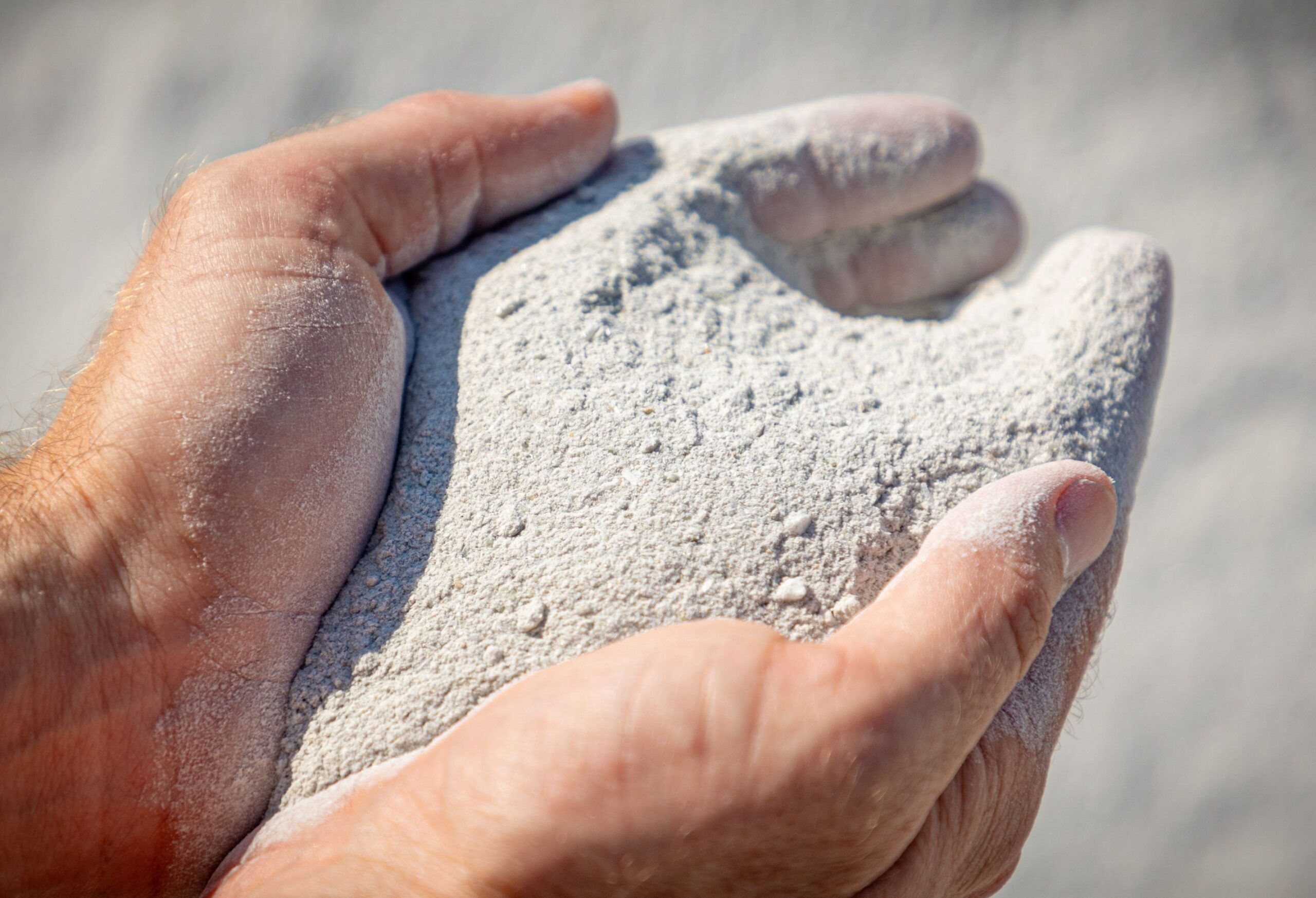In the ongoing battle against climate change, enhanced rock weathering (ERW) has emerged as a groundbreaking strategy to sequester atmospheric CO₂ and improve soil health. Among the various minerals used in ERW, wollastonite stands out for its unique properties and efficacy.
Wollastonite’s formation, chemical composition and pivotal role in ERW reveal its potential to transform carbon sequestration and sustainable agriculture. By examining these aspects, along with the broader benefits, we uncover how this mineral could reshape our approach to tackling climate change and enhancing soil health.
What is Wollastonite?
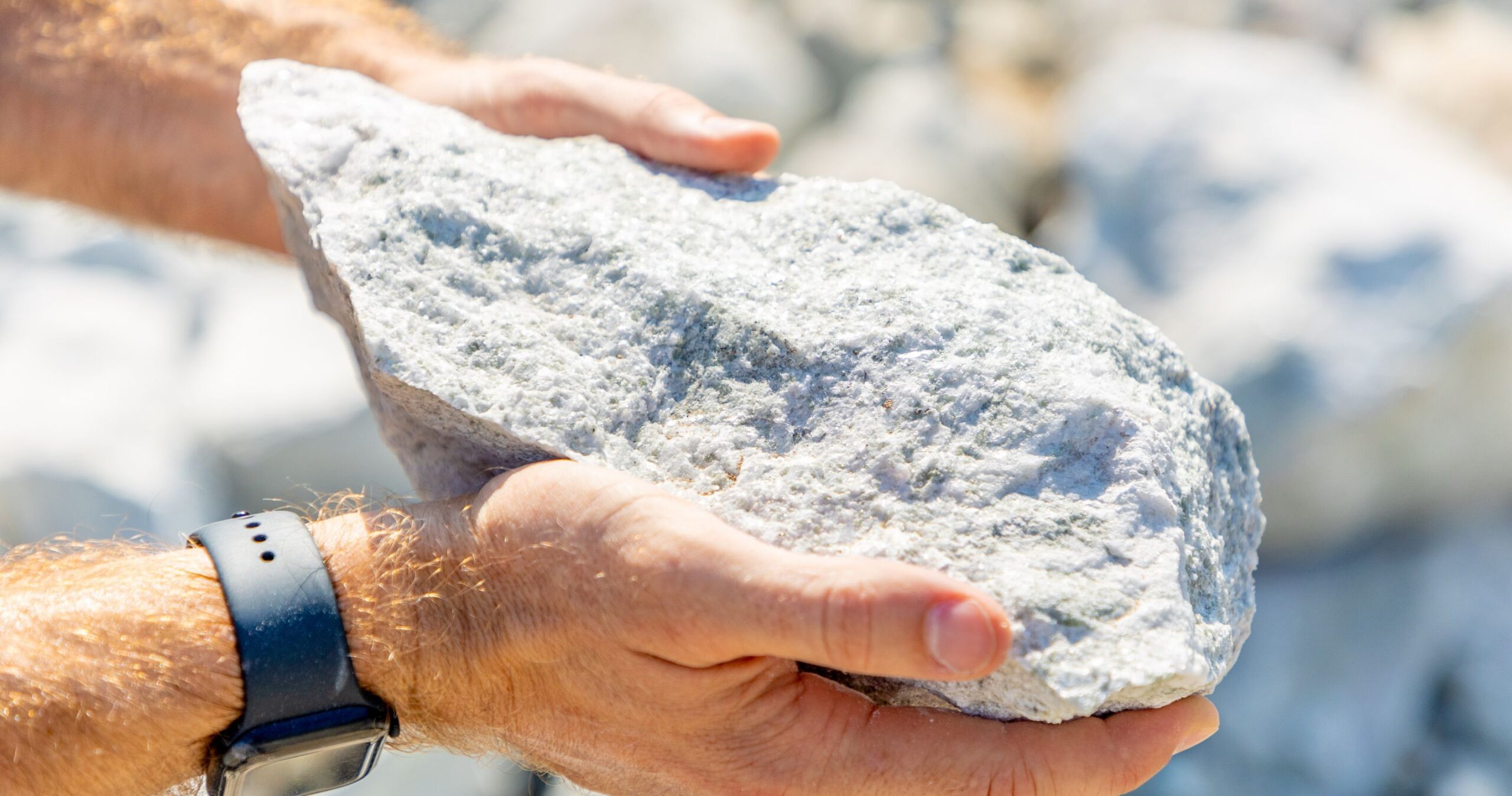
Wollastonite is a calcium-silicate mineral (CaSiO₃), typically found in white, grey, or light green, with an acicular (needle-like) crystal structure. This mineral forms when impure limestone, often with silica-bearing metamorphic rock, undergoes high temperature and pressure. With a relatively soft Mohs hardness of 4.5 to 5, wollastonite is highly valued for its unique properties. Wollastonite’s high calcium content and ability to neutralise acidity make it an excellent candidate for enhanced rock weathering (ERW), alongside its significant applications in industries such as ceramics, plastics and paints.
Chemical Composition of Wollastonite
Wollastonite’s chemical composition is relatively simple, primarily consisting of calcium (Ca) and silicon (Si), with the formula CaSiO₃. This composition makes it an efficient agent for ERW for the following reasons:
– Calcium Content: The high calcium content in wollastonite can neutralise soil acidity and enhance soil fertility.
– Silicon Content: Silicon plays a crucial role in plant health, contributing to stronger cell walls and increased resistance to pests and diseases.
– Dissolution rates: Wollastonite dissolves orders of magnitude faster than other silicate minerals being used as an ERW feedstock because the bond between the Ca and Si is weaker compared to the bonds of other minerals
The mineralogical purity of wollastonite can vary, with some deposits containing trace amounts of other elements, such as iron, magnesium and aluminium.
What is Natural Rock Weathering?
Natural rock weathering is the process by which rocks are broken down into smaller particles through physical, chemical and biological means. This process plays a vital role in soil formation and the global carbon cycle. Weathering can be categorised into:
– Physical Weathering: The mechanical breakdown of rocks without changing their chemical composition, such as freeze-thaw cycles and abrasion by wind or water.
– Chemical Weathering: The chemical alteration of minerals within the rock, often involving water and atmospheric gases, leading to the formation of new minerals and solutes. For example, carbonic acid (formed from CO₂ and water) reacts with minerals like wollastonite to release calcium ions and silica into the soil.
– Biological Weathering: The contribution of living organisms, such as plant roots and microorganisms, in breaking down rock material. Roots can penetrate cracks in rocks, while microorganisms can produce acids that accelerate chemical weathering.
Wollastonite and Enhanced Rock Weathering (ERW)
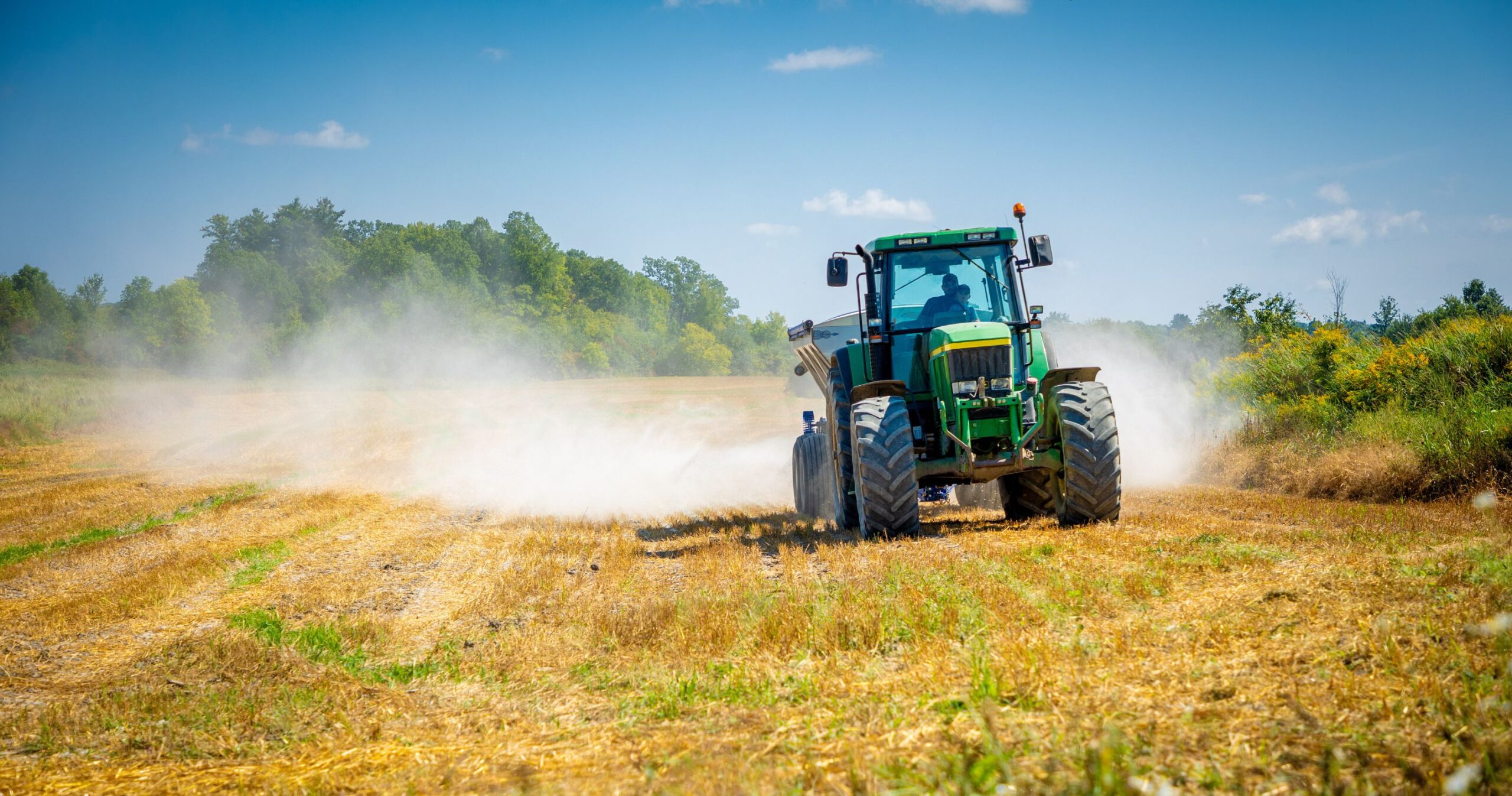
Enhanced rock weathering (ERW) utilises the natural process of rock weathering to capture and store atmospheric CO₂. Wollastonite is particularly effective for ERW due to its high reactivity and beneficial chemical composition. Here’s how wollastonite is used in ERW:
– Grinding Wollastonite: The mineral is finely ground to increase its surface area, enhancing its reactivity. The finer the particles, the more surface area is available for chemical reactions with CO₂ and water.
– Spreading Wollastonite: The ground rock is spread over agricultural fields, where it interacts with soil and atmospheric CO₂. This application can be easily integrated into existing farming practices using conventional agricultural equipment.
– Chemical Reactions: Wollastonite weathers, chemically reacting with CO₂ and water to form bicarbonates and eventually stable carbonate minerals, effectively sequestering carbon. This process not only captures CO₂ but also releases essential nutrients into the soil.
Benefits of Using Wollastonite for Enhanced Rock Weathering
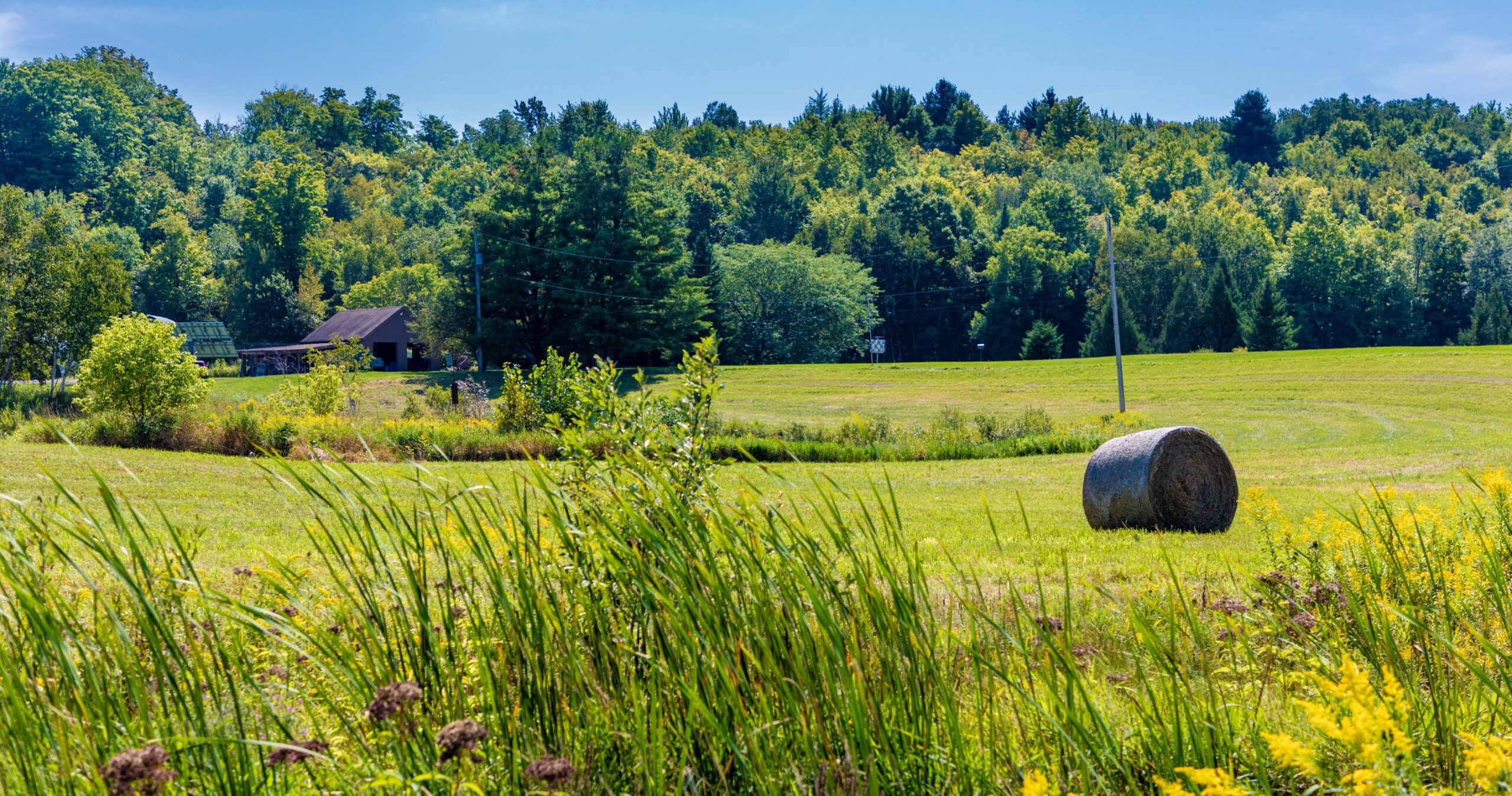
Utilising wollastonite for ERW offers several significant benefits:
– Carbon Sequestration: The chemical composition allows it to react with CO₂ and lock it away in stable mineral forms, potentially removing substantial amounts of CO₂ from the atmosphere. The weathering of wollastonite can result in the formation of stable carbonate minerals that store carbon for millennia.
– Soil Fertility: Wollastonite contains essential nutrients such as calcium and silicon, which can enhance soil fertility and support agricultural productivity. Calcium helps to neutralise soil acidity, while silicon contributes to plant health.
– Soil pH Regulation: Wollastonite can help neutralise acidic soils, improving crop yields and soil health. Acidic soils can limit plant growth and reduce agricultural productivity, and wollastonite’s alkaline properties can mitigate this issue.
– Reduced Dependency on Chemical Fertilisers and Lime: By enriching the soil with natural minerals, wollastonite reduces the need for chemical fertilisers, promoting sustainable agriculture. This can lead to cost savings for farmers and reduce the environmental impact of fertiliser runoff. Lime releases ~30% of its weight as CO₂ when it reacts with soil. As an effective lime replacement, wollastonite avoids these emissions.
Detailed Mechanism of Wollastonite Weathering in ERW
To fully appreciate the potential of wollastonite in ERW, it’s essential to understand the chemical reactions involved. When wollastonite weathers, several key reactions occur:
Formation of Bicarbonates:
When CO₂ dissolves in rainwater, it forms carbonic acid (H₂CO₃). This weak acid reacts with wollastonite, releasing calcium ions (Ca²⁺) and bicarbonate ions (HCO₃⁻) into the soil. These bicarbonates are soluble in water and can be transported to the ocean, where they contribute to long-term carbon storage.

Formation of Carbonates:
In soils and shallow waters, bicarbonates can further react to form carbonate minerals, such as calcite (CaCO₃). These minerals are stable and can sequester carbon for millions of years.

Practical Considerations for Implementing Wollastonite ERW
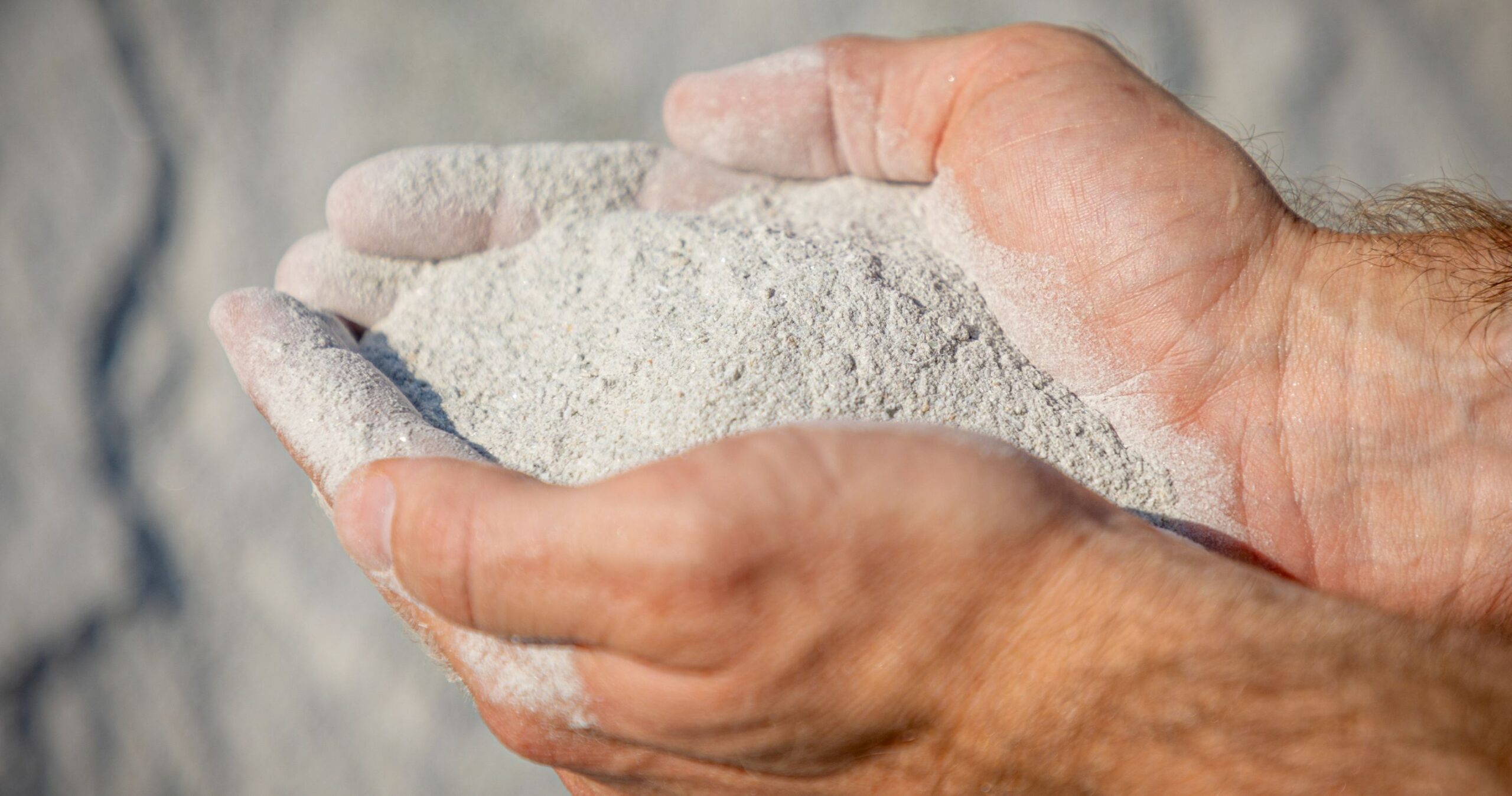
While the concept of ERW with wollastonite is promising, several practical considerations must be addressed to implement it effectively:
– Particle Size: The effectiveness of wollastonite weathering depends on the particle size. Finer particles have a greater surface area, enhancing reactivity, but they can also be more challenging to spread evenly over large areas. Finding an optimal balance between particle size and ease of application is crucial.
– Application Rates: Determining the appropriate amount of wollastonite to apply per hectare of land is essential. Too little rock may not achieve the desired CO₂ sequestration, while too much could overwhelm the soil system and potentially cause adverse effects.
– Monitoring and Verification: To ensure the success of ERW projects, rigorous monitoring and verification protocols must be established. This includes measuring changes in soil chemistry, CO₂ fluxes, and crop yields over time.
– Economic Viability: The cost of mining, grinding and transporting must be considered. While wollastonite is relatively abundant and moderately inexpensive, the logistics of large-scale application could be a significant expense. Economic incentives and support from governments and organisations can help make ERW more viable for farmers and land managers.
UNDO and Canadian Wollastonite
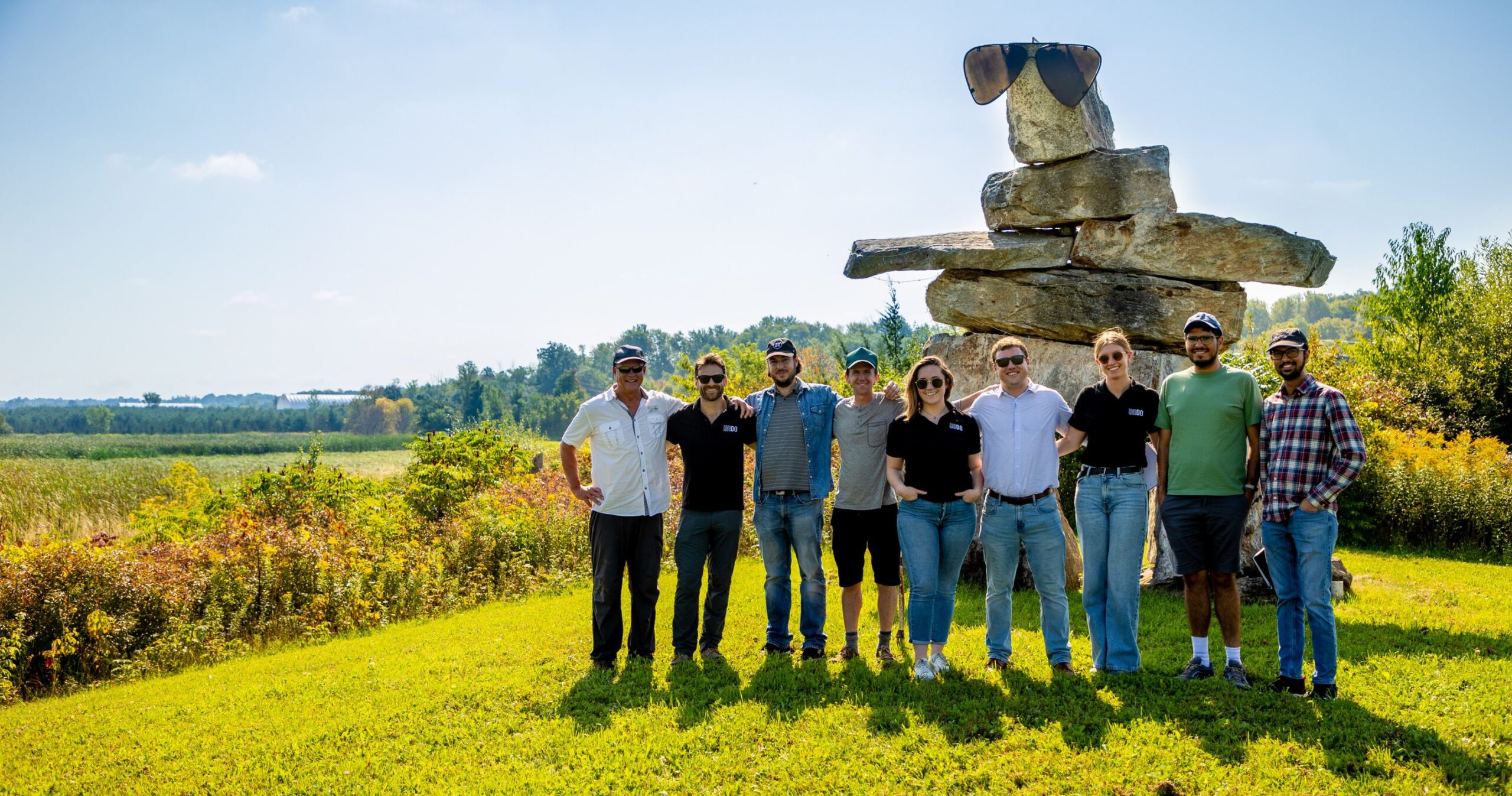
UNDO is leveraging the power of wollastonite to scale enhanced rock weathering (ERW) through a strategic partnership with Canadian Wollastonite (CW). Based in Ontario, CW has access to 17 megatonnes of fast-weathering wollastonite, which is central to our mission of large-scale carbon removal. Wollastonite’s rapid CO₂ sequestration and soil-enhancing properties make it an ideal choice for ERW, helping to capture carbon quickly while improving soil health.
In 2023, CW spread 8,600 tonnes of wollastonite across Ontario farms for UNDO, with plans to continue to expand significantly in 2024. This not only sequesters carbon but also enriches soils with vital nutrients, boosting crop yields and improving pest resistance. The success of this partnership underscores the potential of wollastonite to play a pivotal role in sustainable agriculture and climate action.
UNDO’s collaboration with CW also focuses on supporting local communities. By providing crushed rock to farmers free of charge, we enhance the resilience of those increasingly vulnerable to climate change. This approach fosters green jobs, supports local economies, and builds the trust needed to scale our ERW operations globally, making significant strides towards gigatonne-scale carbon removal.
Wollastonite’s Role in Building a Greener and Resilient Future
Wollastonite’s unique properties and abundance position it as a cornerstone in enhanced rock weathering, a critical strategy in the fight against climate change. By leveraging its natural ability to sequester carbon and improve soil health, significant progress can be made in both climate mitigation and sustainable agriculture. As research into ERW with wollastonite advances, this versatile mineral is poised to become increasingly central to global sustainability efforts.
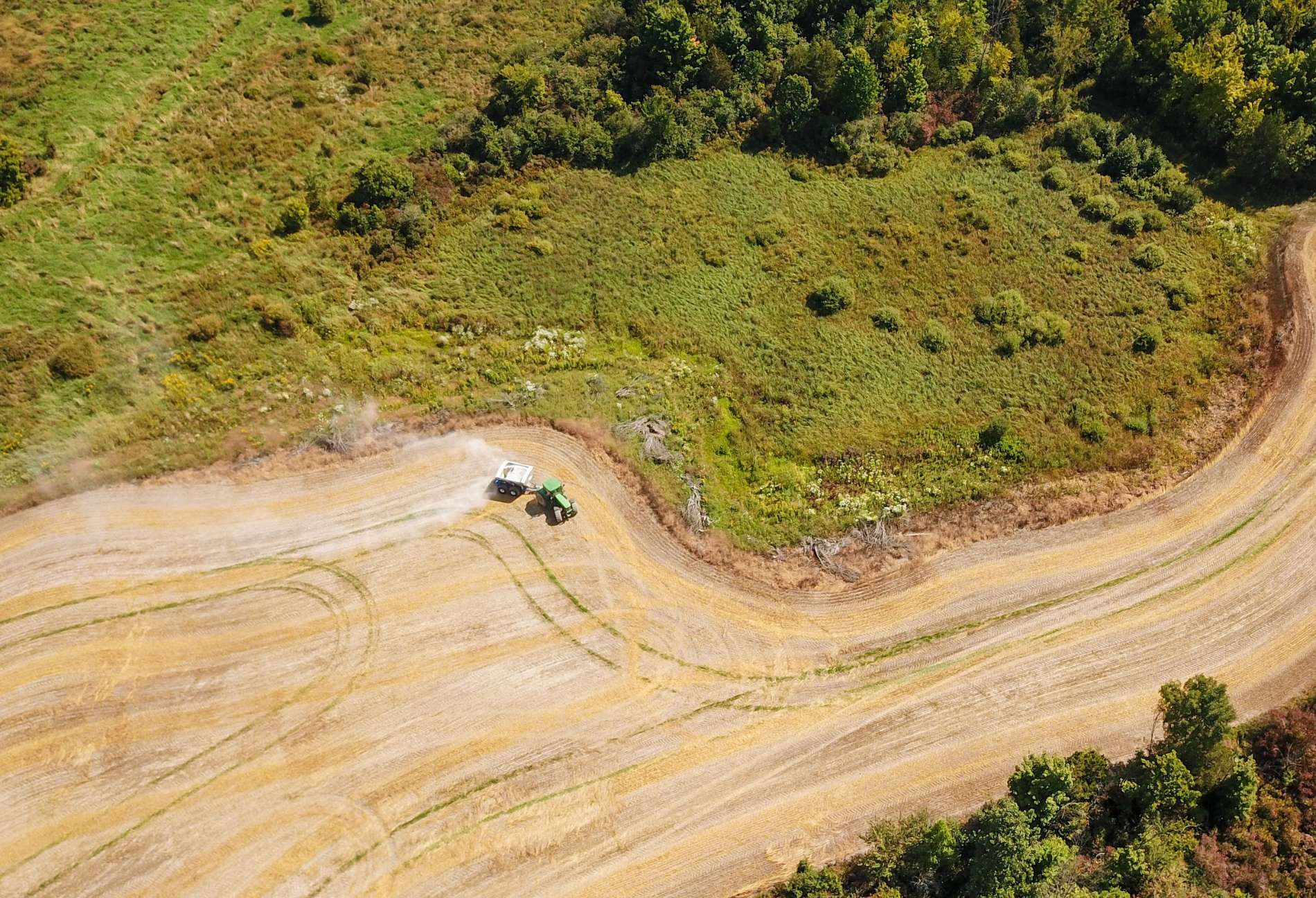
Interested in Enhanced Rock Weathering with Wollastonite
Wollastonite is unlocking new possibilities in carbon removal and soil health. If you’re interested in learning more about how ERW with wollastonite can benefit your sustainability goals, we’d love to discuss further.
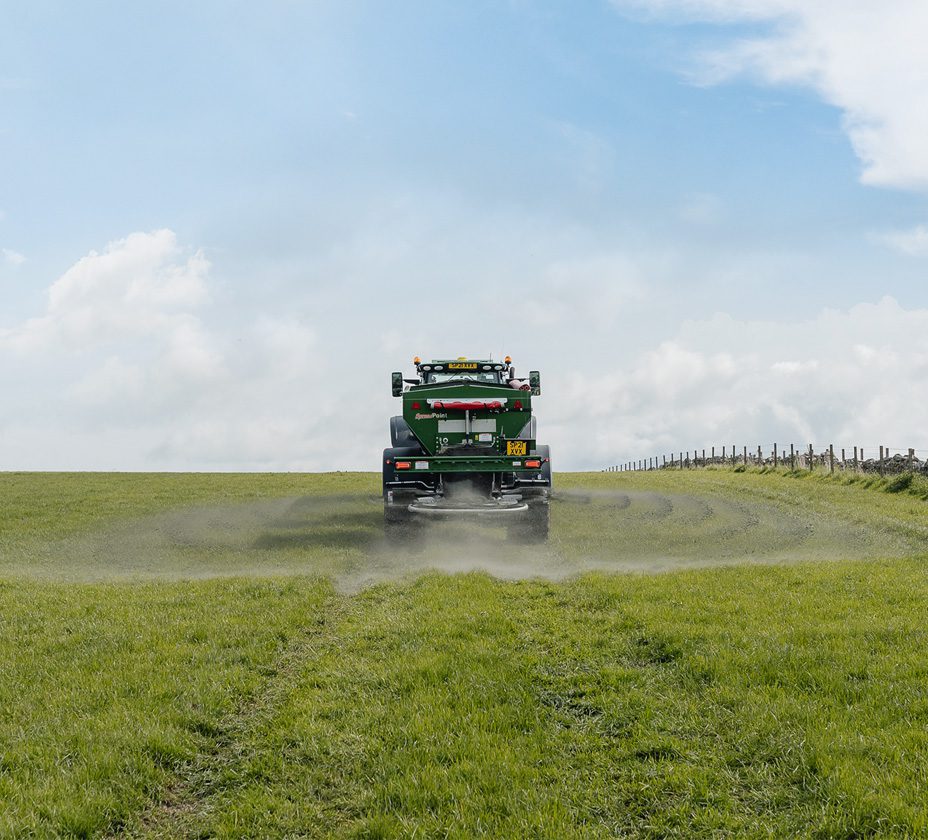

 " />
" />